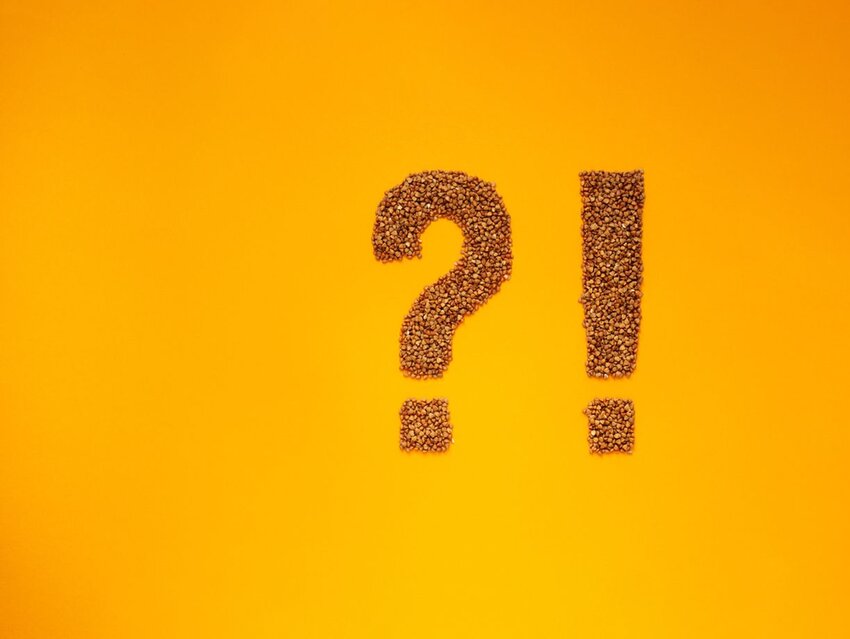Punctuation can add a lot of nuance to a sentence. You’re familiar with the basics — periods, commas, exclamation points, question marks, and maybe you’re even the type who throws in the odd semicolon or em dash. If semicolons sound adventurous, then we've got a treat for you. We can almost guarantee you’ve never seen these wild punctuation marks in your favorite novels.
While you can find some of these punctuation marks in the “Special Characters” section of your word processor, others have fallen out of existence. Maybe there’s a chance you can bring them back‽
Rhetorical Question Mark

The rhetorical question mark, or irony mark, looks like a backwards question mark. Henry Denham created it in 1580 for questions meant to denote irony. Its use died out shortly after, but this would certainly clear up the tone of some questions, especially in texting.
Interrobang

An interrobang is a fusion of an exclamation point and a question mark. You’re probably already familiar with it in a separated form. Have you ever read a book where someone shouts, “You did what?!” or something to that effect? That’s the essence of the interrobang.
Love Point

A love point looks like two question marks that share a period and form a heart. It’s meant to show affection from the speaker (or writer) to the receiver. It may not come up in professional emails, but it’s a nice touch for Valentine’s Day cards.
Certitude Point

This now-defunct punctuation mark would be well used today instead of ALL CAPS. You can’t find it on your keyboard anymore, but you could write it out yourself. Certitude points have a straight line running horizontally across the exclamation point. Use them for statements that need extra conviction!
Sarc Mark
Now here’s one that would get a lot of use. The sarc mark looks like a loose spiral with a dot in the middle, and it’s meant to show sarcasm. However we can’t show it to you because you can only use it if you’ve bought a special font. Paul Sak trademarked it, but it hasn’t gotten a lot of use yet. It might be time to change that.
Doubt Point

This one looks pretty much like a zig-zagged exclamation point. Unlike the certitude point, the doubt point is meant to express doubt in a statement. Don’t know if someone’s telling you the truth? Unsure of what you just said? The doubt point is your friend.
Snark Mark

The snark mark is a lot like the sarc mark, but it wasn’t created by Paul Sak and it’s not trademarked. This one’s just a period and a tilde (.~), and it implies that a statement has more than one literal meaning.
Asterism

The asterism is a decorative mark. This asterisk triad was once used to separate book chapters, though now it’s mostly died out. Still, it’s pretty, and for the sake of aesthetic, it’s worth reviving.
Exclamation and Question Commas

If you love semicolons, here’s one for you. The exclamation and question commas add some excitement in the middle of sentences you’re not quite ready to end. They look like exclamation and question marks with a comma at the base instead of a period. Then again, these marks might create more confusion than the semicolon has.
Hedera

The hedera is another decorative mark. It looks like an ivy leaf in the shape of a heart, which is appropriate because hedera means ivy in Latin. Its use was similar to the asterism as it signified paragraph breaks, but didn’t do much else (which is probably why no one uses it anymore).

